After World War II the geopolitical landscape was completely changed on a global scale. The status quo established after World War I was eviscerated. The balancer of Europe and the colonial world Great Britain relinquished their role as a world power. The biggest change during the post-war era is Great Britain was now half of a world power and the United States and the Soviet Union became the only two super power nations which going forward would forge the geopolitical structure of the world. This new geopolitical construct was quite different from what went on during the post-WWI years.
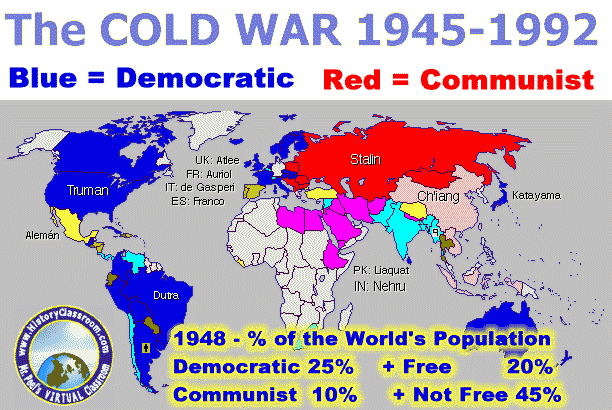
With just two superpowers on the world stage, there was a reduced possibility of agreement on global issues. The United States and the Soviet Union had conflicting ideologies which made them incompatible in terms of policy agreement.
The Genesis of Cold War conflict arose from Stalin’s lack of integrity when he didn’t keep his promise not to rig elections in Eastern Germany and hold free elections in the Soviet region of Germany during the post-war reconstruction that was planned at The Yalta Conference in February of 1945.
Ideally, America and Great Britain wanted to stabilize Germany during the post-war period by holding free democratic elections to elect a new government who was schooled in democracy. Stalin went back to his promise and eastern Germany as well as Eastern Europe became communist. This revelation was startling to Winston Churchill because the Soviet Union was building a base of support from Eastern European nations that were the battlegrounds for Russia and Nazi Germany during WWII.
This consolidation of Eastern European nations was recognized by Churchill as the Iron Curtin descending over the eastern block of Europe causing an ideological divide in Europe and the expansion of communism. One of the key differences in the world during the post WW II period was the new construct of a bipolar geopolitical system that half of the decisions in the world was made by the United States in the name of the policy of Containment of communism, and vice versa the Soviet global policy was to continue the spread of communism, while containing democracy. With the new system of bi-polar political policy in place globally Great Britain and much of Europe was unstable from an economic and political standpoint. Another significant change during this post-WWII era was the advent of the advent of the nuclear age.
The United States and Russia by 1949 were the only nations at the time that had a nuclear arsenal. This completely changed the perspective of War Games and international relations.
The two nations were fearful of each other and did not want to openly antagonize the other in fear of starting WWIII and a Nuclear holocaust to end humanity.
The United States used the opportunity to help a depleted Western Europe by expanding their influence economically in Europe by providing aid and opportunity to all western Europe with the implementation of the Marshall Plan in 1947. The Marshal Plan in 1947 was used to provide financial aid to any European nations that were willing to take it and align with the United States. The western European nations that took aid from the Marshall Plan had their struggling economies and currencies rejuvenated, and help generate new trading opportunities in Europe for the U.S. As a counter measure by the Soviets they implement The Warsaw Pact 1955.
In the Warsaw Pact, Eastern block of nations gave command of their military to the Soviet government in exchange for financial aid. The second dramatic difference seen during the post-WWII era was the world was characterized into a 3-way divide. America was known as the first world and any nation that practiced democracy and free elections were deemed the first world. However, the Soviet Union and any nation practicing communism and align themselves with the Soviets were considered second world nation.
This distinction is made since free market economies were and still are more effective economic systems than communism. Finally, any nation that was neutral and not aligned with either the Soviets or the Americans were considered third world nations due to their lack of a modern social construct and ideology, and lackluster economic situation.
The idea of the Marshal plan was only to give help and support to European nations but this was a plan by the United States to contain the spread of communism in Europe and globally which was one of the significant regional changes caused during the post-WWII period. US policy of containment was needed because they thought communism had the chance to flourish in improvised nations and erode competent economic status. The Americans felt if these nations were given aid and pushed towards a system of free trade and democracy, then the adaptation of communism could be averted. Many of these third world nations prior to the post-WWII era were under the control of a colonial power.
A new situation arose in major regions around the world particularly in third world nations such as Africa and South America due to the conclusion of Colonialism during this period. With no imperial power imposing their will from abroad these third world nations were in limbo. This is when policy makers from both the United States as well as the Soviet Union purposed their political ideology on these impressionable nations to make them pick a side and not be neutral.
This sentiment is further talked about in Paul Nitze proposal known as NSC 68. The memorandum from the National Security Council Suggested Communism was the biggest problem facing the United States.

The newly formed Communist China under the leadership of Mao Zedong further cemented the domino theory that Nations in Asia would fall to Communism. Many in US intelligence felt it was necessary to amplify the policy of containment before the spread of communism becomes overwhelming. This led the United States to spread democracy worldwide to nations that were neutral or close to becoming communist This led to proxy wars in foreign nations, the US also forced regime changes to get the desired political group and ideology in office in the name of containment.
A second legitimate regional change that happened after WWII was the creation of the Jewish State of Israel. This idea of a Jewish State in Pakistan comes from a post-WWI British proposal known as the Balfour Declaration of 1917. This allowed the displaced Jewish population from Europe to have a nation of their own.
PLEASE SUPPORT MY BLOG BY LIKING, FOLLOWING, AND SHARING MY CONTENT. THANKS!!!





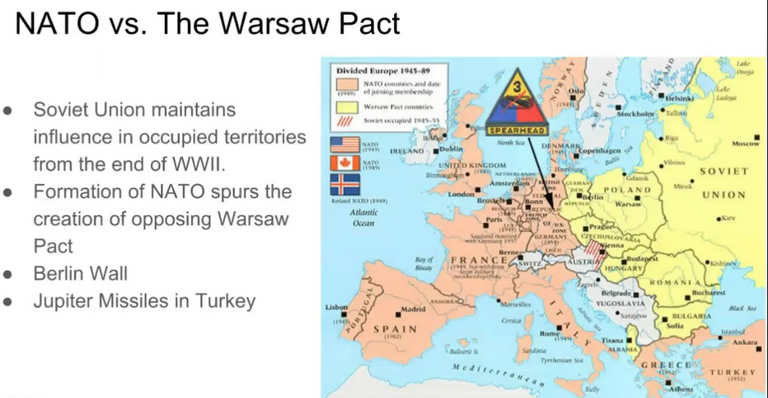
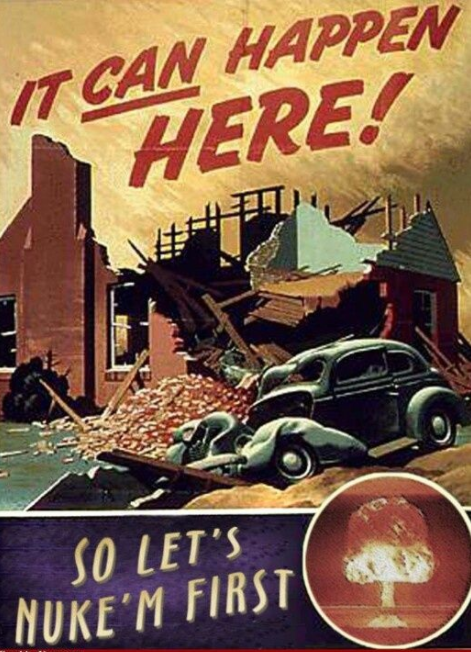
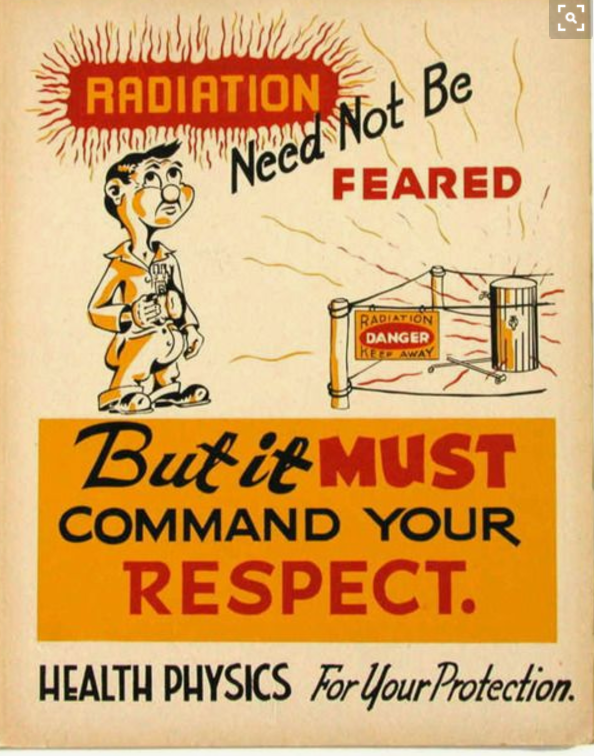
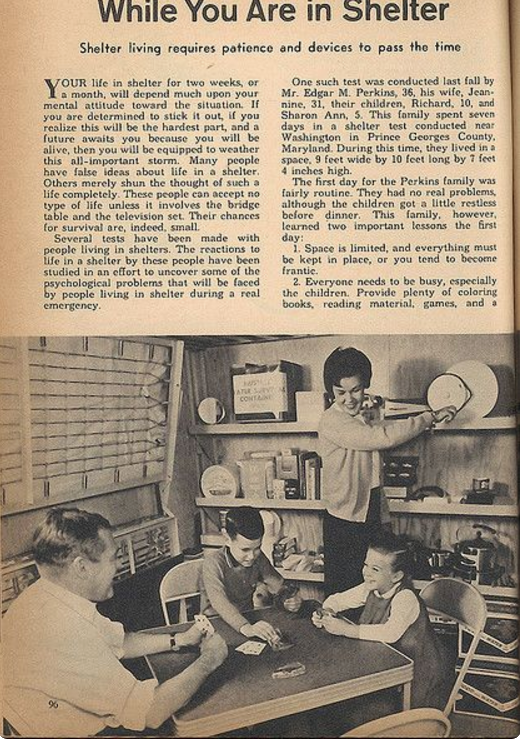
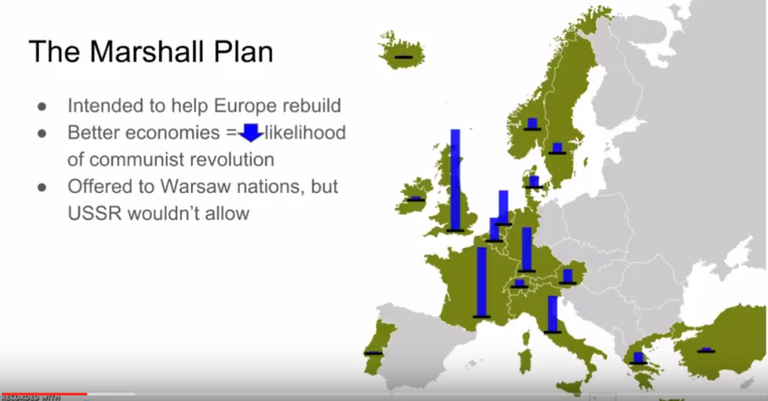
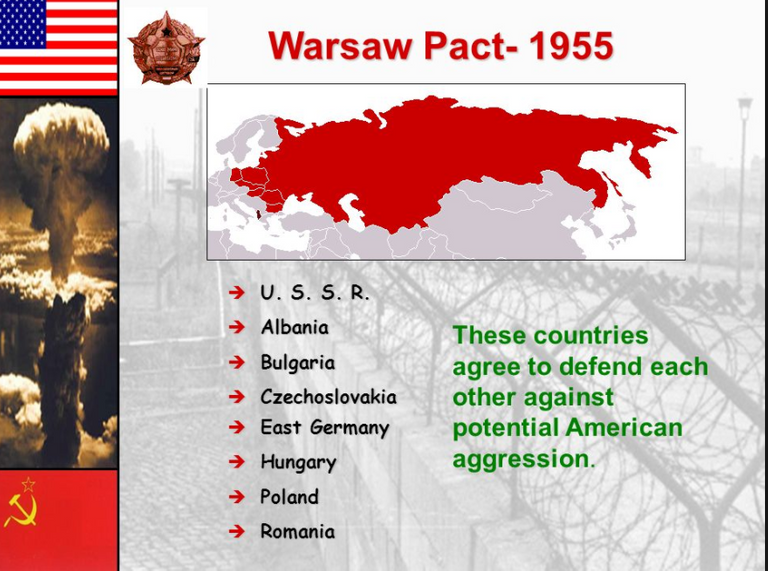

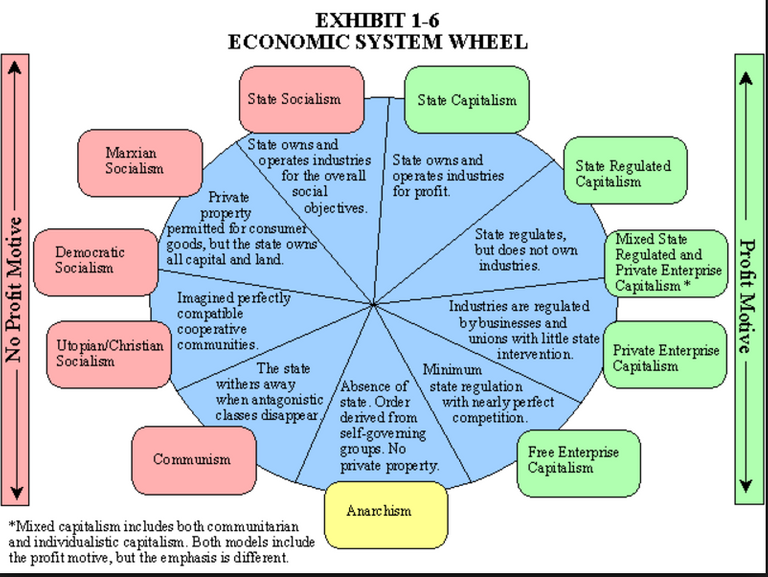
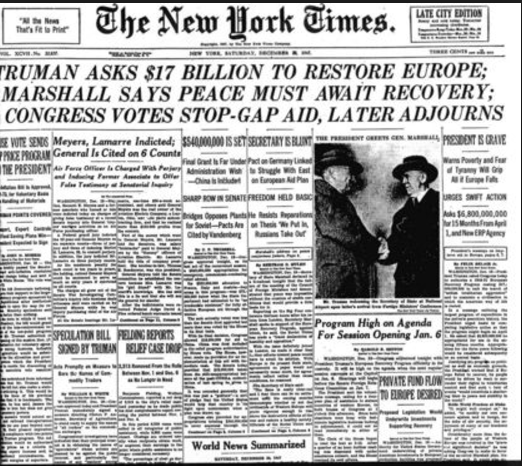
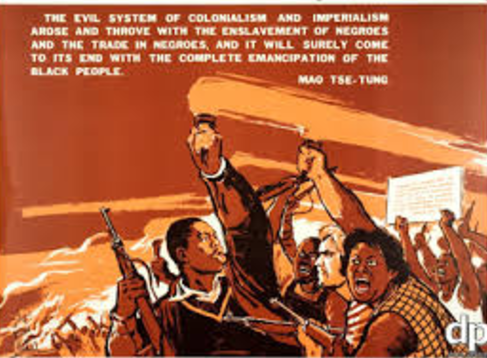
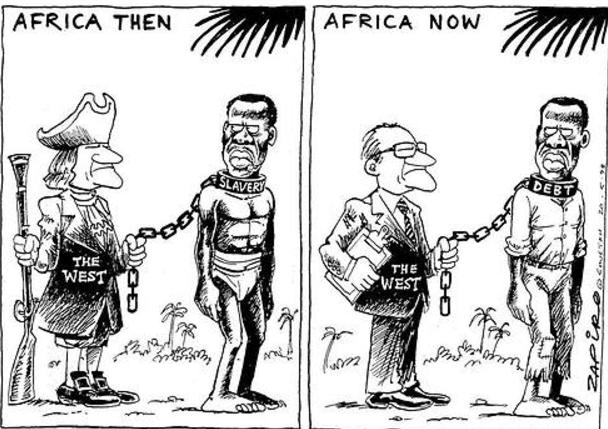
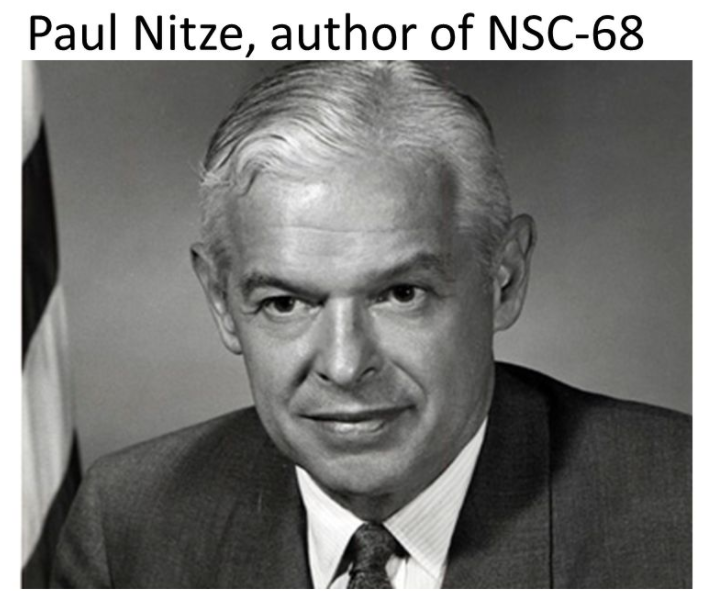
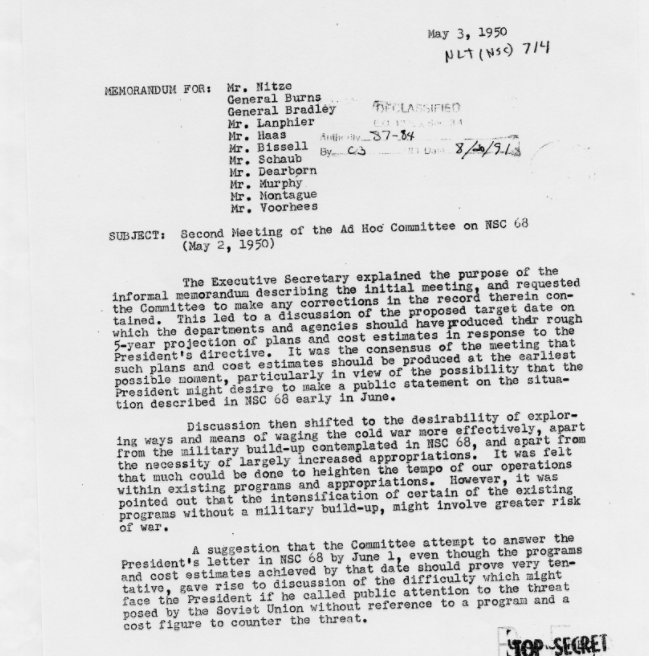
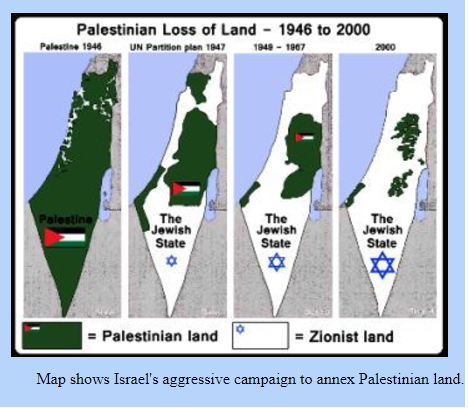
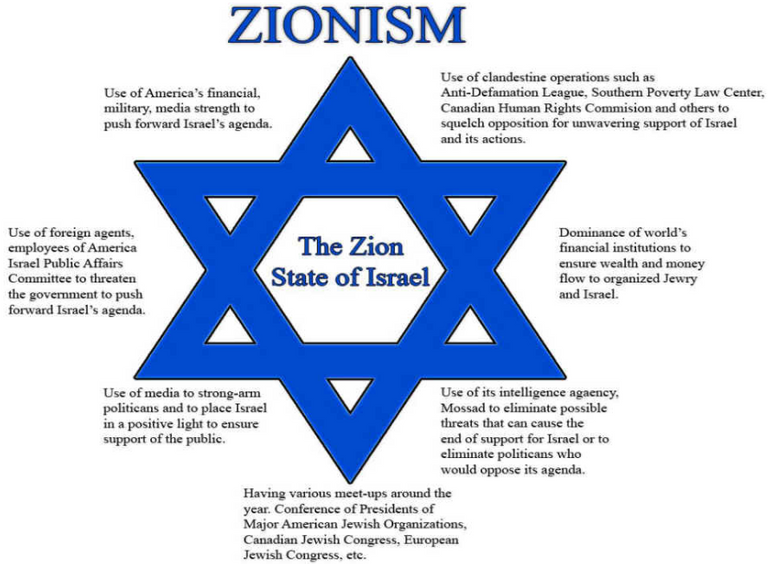
Congratulations @elumni! You have completed some achievement on Steemit and have been rewarded with new badge(s) :
Click on any badge to view your own Board of Honor on SteemitBoard.
For more information about SteemitBoard, click here
If you no longer want to receive notifications, reply to this comment with the word
STOPCongratulations @elumni! You have completed some achievement on Steemit and have been rewarded with new badge(s) :
Click on any badge to view your own Board of Honor on SteemitBoard.
For more information about SteemitBoard, click here
If you no longer want to receive notifications, reply to this comment with the word
STOP